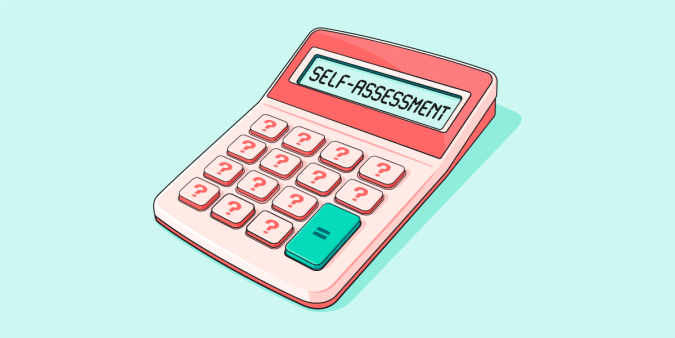How to calculate net cashflow

Calculating net cashflow can provide a razor-sharp insight into your business’s financial health. We’ve broken down what net cashflow is, how to calculate it and the insight it can provide.
What is cashflow?
Cashflow refers to the money coming and going from your business, whether that’s physical cash or money in your business bank account. Money coming into your business is sometimes referred to as ‘cash inflow’ and money leaving your business is sometimes referred to as ‘cash outflow’.
What is net cashflow?
Net cashflow is the difference between the cash inflow and cash outflow for your business. It tells you the overall amount of money your business is expected to bring in or pay out during a given period (e.g. a quarter or a calendar year).
A positive net cashflow - where your business has more money coming in than going out - is sometimes referred to as ‘net cash inflow’. Whereas a negative net cashflow - where your business has more money going out than coming in - is sometimes referred to as ‘net cash outflow’.
Understanding your business’s net cashflow can give you a clearer picture of your future finances and, crucially, it can tell you whether your business is expected to earn money during a set period of time.
How to work out your business’s net cashflow
A simple formula for working out your net cashflow for a particular period is:
Cash inflow - cash outflow = net cashflow
For example, if you’re looking for your business’s net cashflow in its first quarter, you might find that your cash inflow between April and June was £11,900, while your cash outflow was £10,875. Taking £10,875 from £11,900 leaves you with a positive net cashflow of £1,025.
Your net cashflow calculation should include all of the money coming into and leaving your business over the relevant period. If you work with an accountant and you’re unsure exactly what to include in your calculation, they should be able to help you.
If you find you have a negative net cashflow, this isn’t always a sign that your business isn’t viable in the long term. For example, if you’re just starting out, you might have incurred some initial costs in setting up your business that you won’t have to pay again. Or if you have been scaling up your business, you may have needed to invest in better tools or higher quantities of materials. Your cash inflow may also improve in the near future as your sales increase.
How can net cashflow calculations help your business?
Working out your net cashflow can help you understand your business better, so you can make smart decisions and nip any problems in the bud before they begin.
If you’re seeing a negative net cashflow that you can’t explain with one-time set-up costs or seasonality, it’s time to dig into your accounts in more detail. Are rising costs your biggest problem, or are sales not at the level you’d expect? The sooner you find the problem, the sooner you can fix it and pull your business back on track. If you’re looking for some quick tips to track and control your cashflow, take a look at our tips to improve your near-term cashflow.
On the other hand, if your cashflow remains consistently positive, is it time to grow the business? In periods where your business is healthiest, you may want to consider investing in technologies and tools, or even hiring another employee to allow you to do more.
See what’s ahead with your Cashflow forecast
Make more confident business decisions with FreeAgent’s Cashflow forecast. You can view your current net cashflow and peek ahead to the next 90 days to avoid any unwanted surprises. Try it out with a 30-day free trial.
Originally published
Last updated


